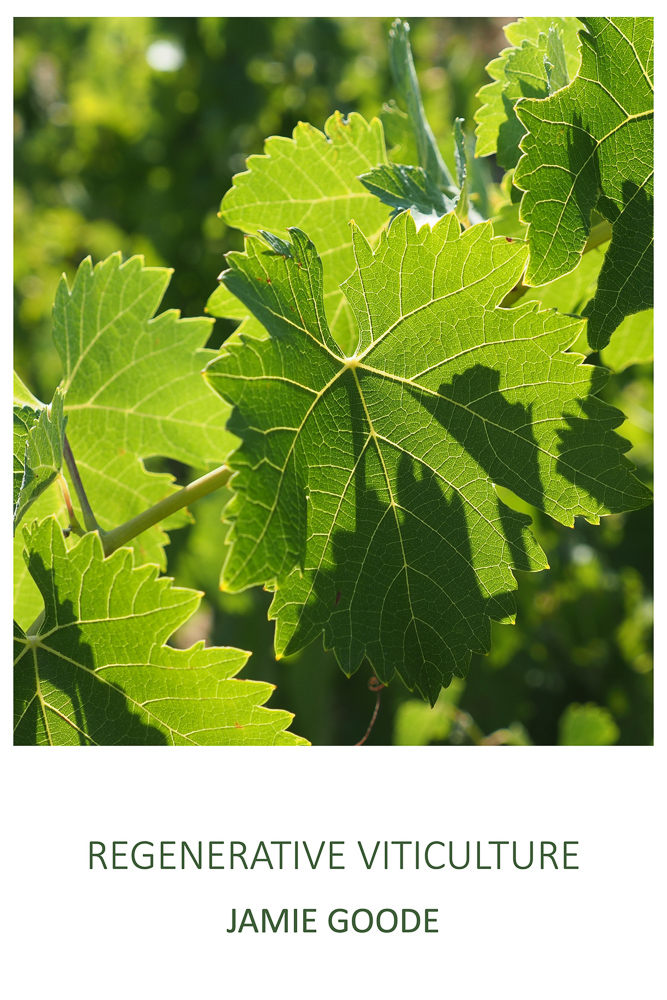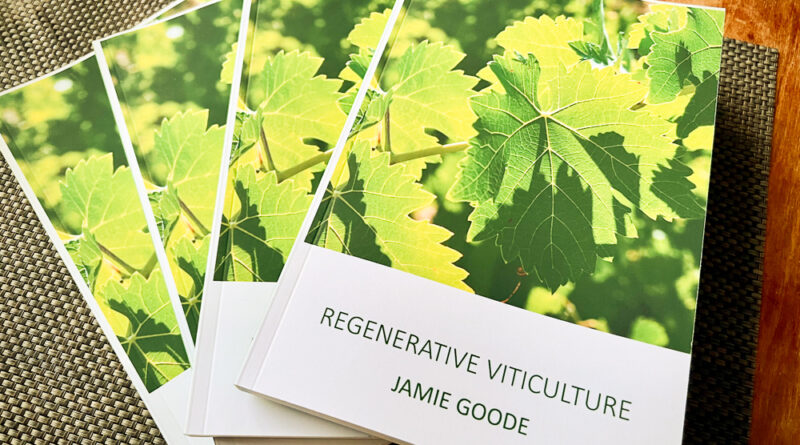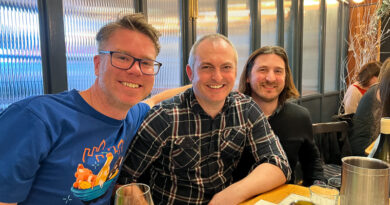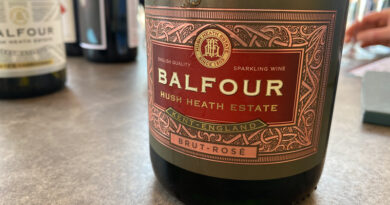Regenerative viticulture, my new book, is out now

It’s out! My new book, on the topic of regenerative viticulture.
Here’s the blurb.
Viticulture faces a turning point. We are beginning to realise that the way wine grapes are being grown is not truly sustainable. And in the face of climate chaos, the careful matching of variety to place is experiencing instability. But viticulture is not unique in this regard. Agriculture in general is facing a challenge of sustainability. The great strides in producing more food in the 20th century resulted in ways of farming that, while they greatly increased yield, did it in an unsustainable way. One solution that has been proposed is regenerative farming, which involves seeing farms as ecosystems, including the important biology taking place in soils, and getting them to work with fewer or no inputs.
Regenerative viticulture is the application of regenerative approaches to farming to vineyards. There is no recipe. Rather, it’s about taking the regenerative toolkit and applying it in intelligent ways, considering the characteristics of the place. Key themes include avoiding tillage, which damages soil life, using cover-cropping, integrating animals into the vineyard where possible, and farming soils not vines. Viticulture is notoriously input heavy, but regenerative viticulture holds promise to make vineyards truly sustainable.This is the first book specifically to address regenerative viticulture, and it is written from a scientific perspective, but in a very accessible, readable way.
Initially, I was working on a bigger project – a book titled The New Viticulture, which covers pretty much all the science of growing wine grapes for making wine. But I realised that regenerative viticulture was being talked about more and more, and that there was a need for an introduction to this topic, putting it in context, explaining what it actually means, but all from a scientific perspective. Is regenerative just a fad? Or is it scientifically legitimate? How does it relate to organic or biodynamic viticulture? And what (really) is the best way to farm vineyards from a sustainability point of view?
So I decided to publish this book, and get it out there fairly quickly, even though it is still early days for regenerative farming in viticulture. Any movement like this attracts a range of different adherents and disciples, some of whom have a better grasp on the science (and reality) than others. That’s why I wanted this book to be firmly rooted in science, and also full of examples taken from people actually growing vines around the world.
The key concept I wanted to highlight is the idea that because all vineyard regions differ, there is no recipe. Instead, it’s best to see regenerative viticulture as the intelligent applications of different practices in the regenerative viticulture toolkit. This toolkit is at the heart of this book.
I decided to self-publish for four reasons. First, speed – from finishing the text to getting the book out has been a matter of days, not months. Secondly, finances: I can justify spending a lot of time on research and writing much more easily when I make a few pounds per book than just a few pence. Thirdly, distribution: by using a print on demand service, the book can be printed in destination foreign markets and posted from there, without the need for shipping boxes of books or international post of single books, which is slow and expensive. Fourthly, because the book is printed on demand, it will be relatively trivial to make changes (to add new material that comes to light, to add fresh examples, to update information as new studies are published, and to make any corrections). For this reason, each version of the book will be marked in the front matter – this is version 1.0 hitting the market – small additions will be 1.1, 1.2 etc, while major additions will be 2.0 etc.
To buy, use the following links, or go to the Amazon page in your country. Both kindle and paperback are available.




